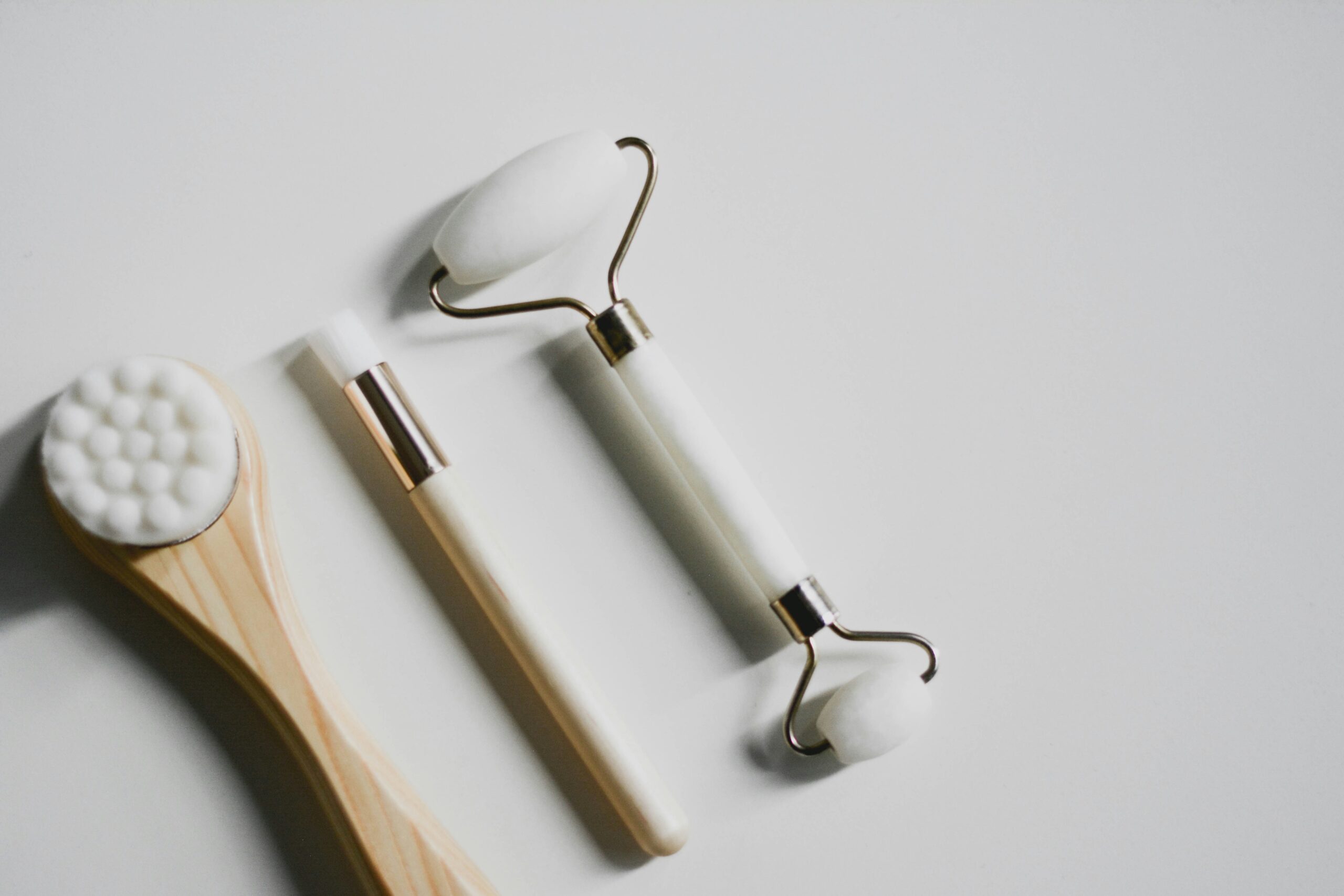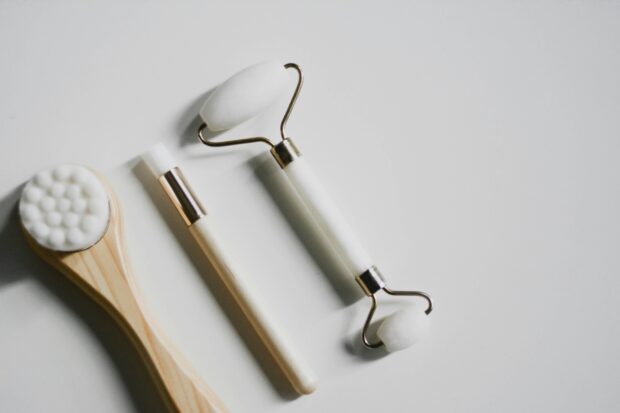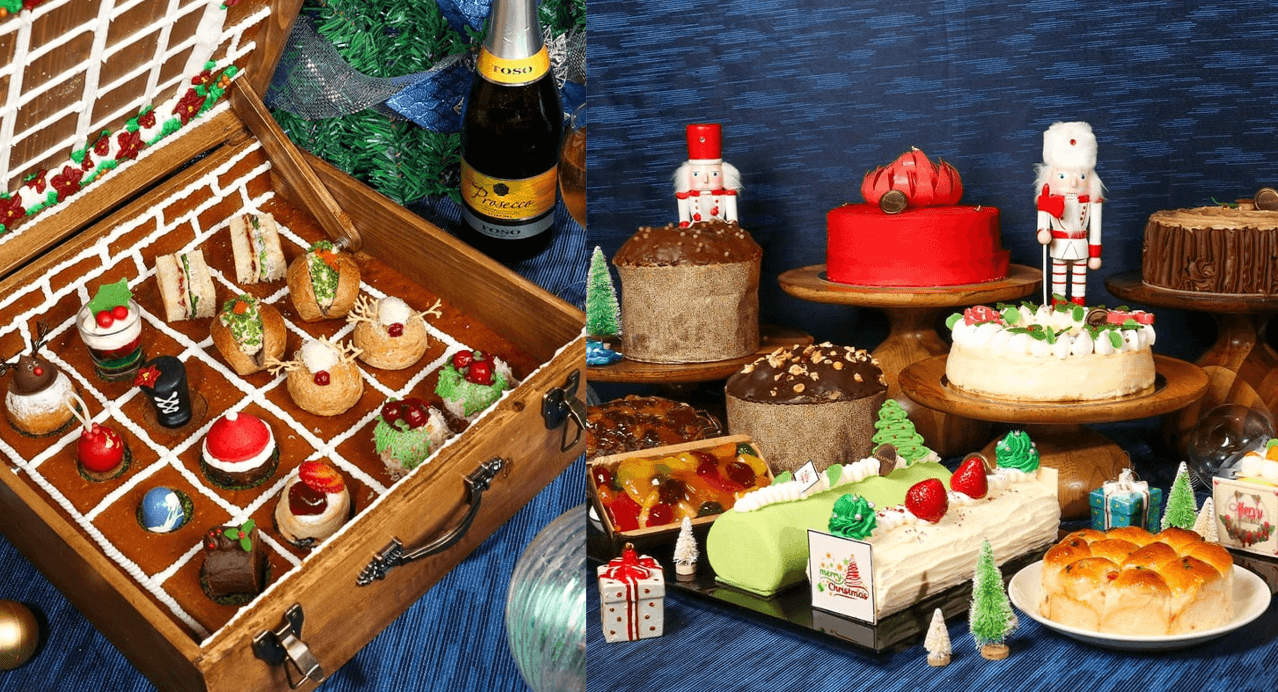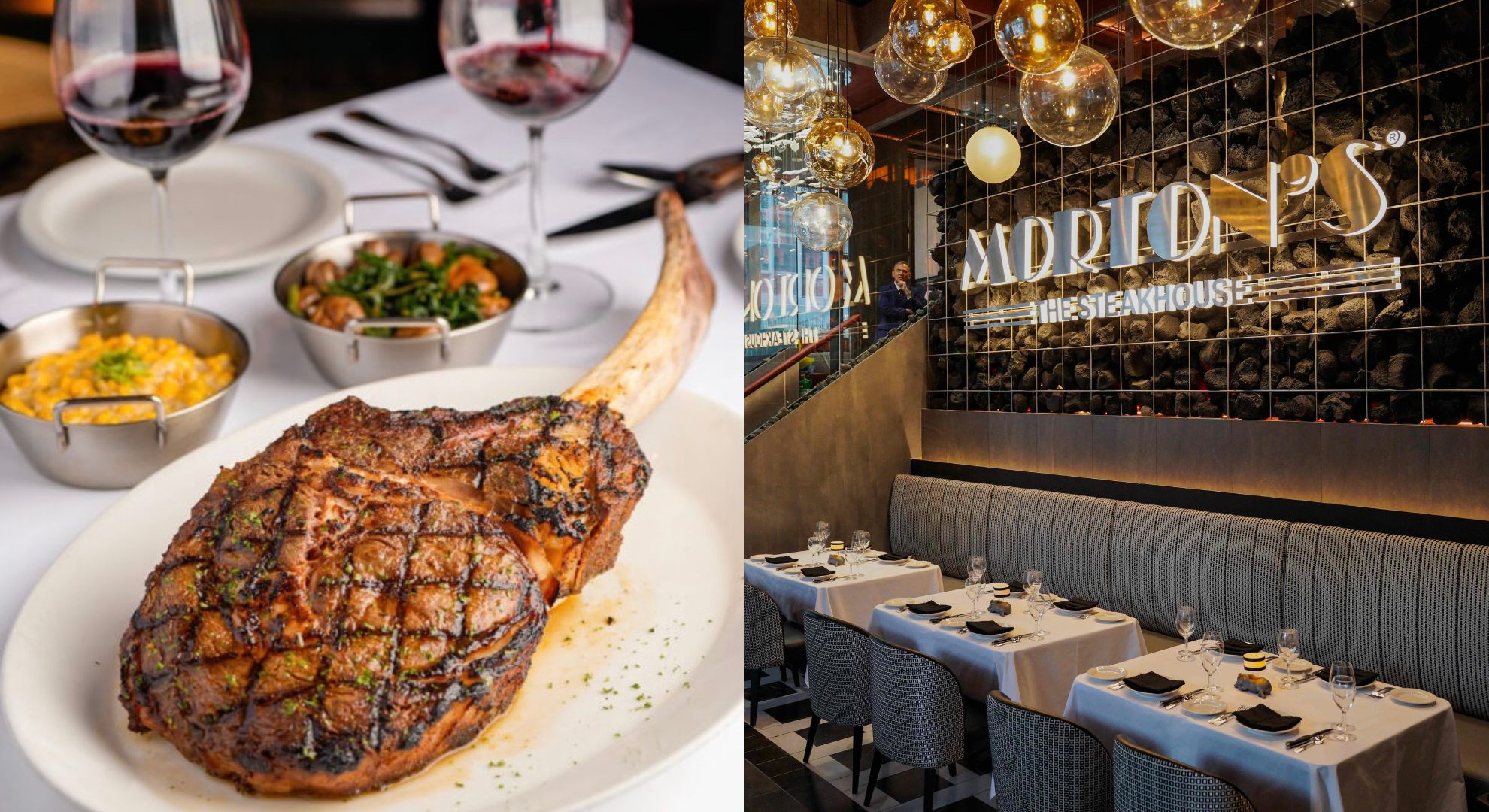There are a few restaurants opening this year that I’m really looking forward to, though trendspotting and checking out new dining places is something I usually leave to my younger colleagues.
I’ve reached the age when going out is a hassle. Aside from arranging babysitters for the children and making sure there’s food in the refrigerator for them, I want a place where my fellow diners and I can hear each other, there’s easy parking, and the food is reliably good.
This means I’m probably missing out on that hip new supper club in Poblacion, because there’s a short list of establishments that we end up circling back to.
I do force myself to make an exception at least once a month, not least because of the nature of this job, but also because I risk becoming like an old pack horse trotting around in circles, stumbling from one familiar pleasure to another while the world around me changes.
Same goes for new books, new magazines, new music—at a certain point one’s tastes become fixed as though in amber and it becomes tiresome to continually be in search of the latest trends.
But I will make an exception when I hear about a rare thing these days: a reasonably priced meal at a place with ample parking and which doesn’t have a long, long queue like a Samgyupsalamat or its variants.
Manmaru
The gentrification of Makati Cinema Square (now known as Makati Central Square since there are no more cinemas) continues with the addition of two new restaurants. One of them, called Manmaru, we went to on its first day of operations, which as a reviewer I try not to do.
It was hilarious. Diners were literally falling off their seats, because the glue which held the cushions on hadn’t quite dried yet. Waiters wandered around with plates of tempura or sashimi trying to find the table that had placed the order.
The customers in the completely packed space kept peering at what was coming out of the kitchen to try and flag down their order. Trays of crockery came down with a resounding crash. The waiters kept serving us things that we never ordered, and they seemed irritated when we tried to return them, so we just ate them anyway.
Excellent service
A few weeks later we visited again, and the teething problems seemed to have dissipated, though some chairs remained treacherous. In fact, the food came out at such a fast clip that we wondered if we were receiving special treatment.
But no, everyone seemed to be getting excellent service all around. There were tables of Japanese men, some with their dates; a lone Japanese couple; and, were it not for a few tables of Pinoys, it could have been an izakaya straight out of Studio Ghibli.
The place is directly opposite Seryna, which had hitherto been my standard for what to pay for a decent Japanese meal. In a way it’s not a fair comparison, because Seryna is a bit more upmarket—so I will still be going there for their natto salad, oysters, monkfish liver and fish sperm.
But for sheer value for money, Manmaru can’t be beat. We had loads of sushi and sashimi, aburi rolls, tempura, sukiyaki, and so on—all the greatest hits of the Filipino Japanese restaurant ever since Saisaki taught us the basics back in the 1990s.
The bill for a full stomach of good food was P700—what you’d pay just for appetizers at your favorite trendy restaurant. It isn’t haute cuisine, but it is very decent, with the notable exception of the yakitori, which was over-grilled and dry.
Wabi-Sabi
Upstairs is Wabi-Sabi, a vegan restaurant where you can have vegan ramen and other things I don’t care about.
But it’s also justifiably famous for kakigori, which Ambeth Ocampo has told us are the origins of the halo-halo. It’s also a bit like the Korean bingsu, though not quite as flamboyant. Most bingsu I’ve had are tall and excessively packed with sweet clumps of unidentifiable matter.
The kakigori at Wabi-Sabi are shaved ice (or “shave ice,” as it is known in Hawaii, and also influenced by the Japanese) like fresh snow, and you can have them with adzuki and brown sugar syrup, or coffee jelly and almonds, or strawberries and ice cream.
Since Wabi-Sabi is a vegan restaurant, the lactose intolerant can enjoy vegan versions of the same, which, I have to admit, still taste pretty good.
Paying more for food
The reason chocolate may become harder to come by is because we aren’t paying enough for it. The global price for chocolate is simply too low, so farmers who used to plant chocolate are now turning to other, more profitable crops, such as palm oil.
So, if it means that I’m going to get a good bar of well-conched chocolate, I’m willing to pay more for it. The same goes for restaurants, but the curve isn’t linear—you won’t get commensurately better food as you pay more.
As any restaurateur will tell you, most of a restaurant’s profit goes to paying rent, whether it’s the owner of a building or a mall, which usually also takes a percentage of gross (which you can’t fudge because they are plugged directly into your cash register).
As with chocolate, I’m willing to pay more for food if it goes to the chef’s research and development, or to pay the kitchen and front-of-house staff properly, or to top-notch ingredients. But most of the time, the cost goes to rent, and the food is unmemorable.
There are a few exceptions. No one went to Windows on the World (formerly in the World Trade Center in New York) for its food, but the location was worth paying for. There are very few places like these. Most landlords charge ludicrous amounts for rent because they can.
I hope Manmaru doesn’t turn into another forgettable Japanese restaurant serving mediocre food at outsized prices. We have far too many of those. At the moment, it’s a deal of a reasonably priced meal.
Then head to Wabi-Sabi for dessert.













































